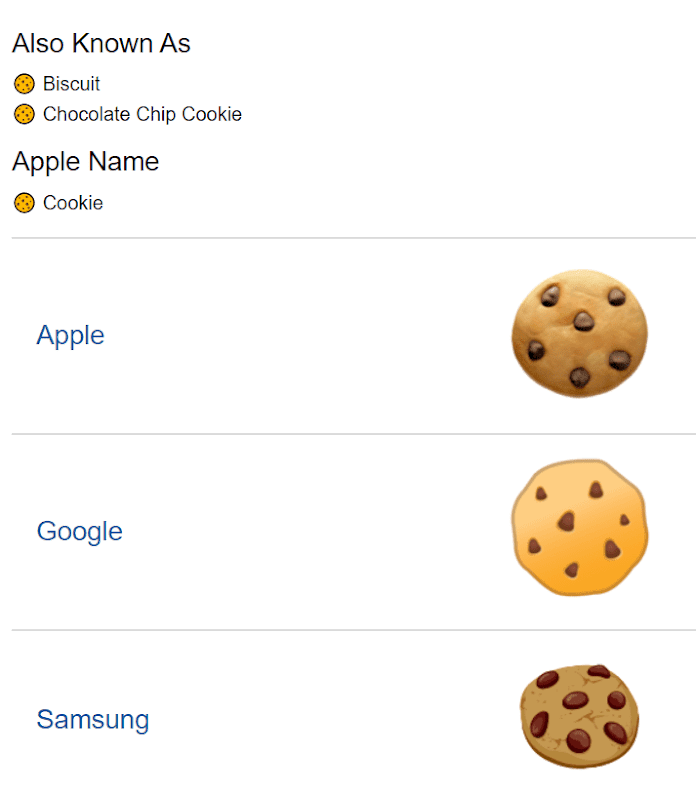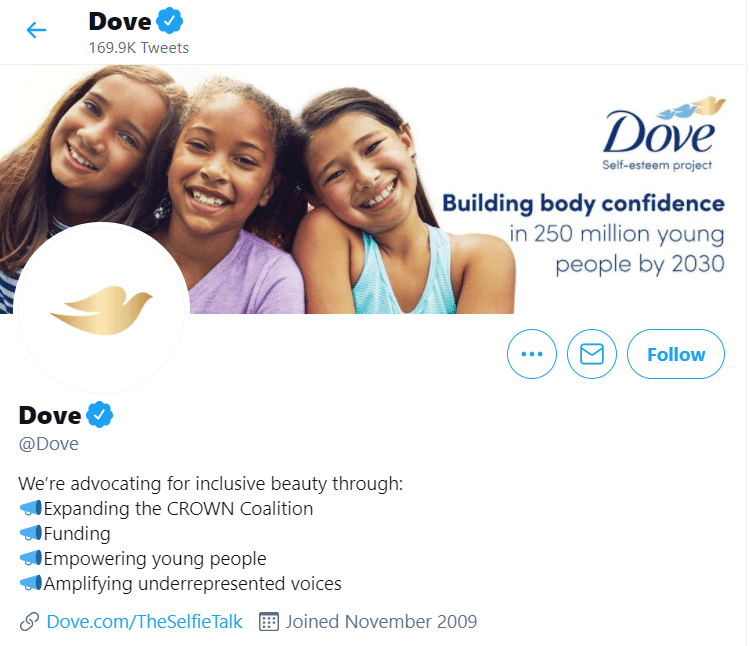Delivering regular email newsletters that attract opens and clicks, build your brand personality, and develop relationships with your customers? It’s a lot to ask.
Luckily there’s a deceptively simple tool to help make your email marketing more effective. Emojis.
Copywriter and tone of voice expert Katherine Wildman says emojis are “a quick way to engage prospects and make your brand seem friendly.”
But not only will they elevate your brand’s tone of voice, they will get more eyes on your newsletter content. “I recently started using emojis in my email marketing subject lines and open rates doubled,” says Pam Perry, PR and brand strategist.
If you’re new to email marketing, head over to our email marketing guide to get you started. Or, read on for the lowdown on email emoji best practices to score more opens and clicks.
Emojis in email best practice: Dos
Before you add emojis to your emails, keep in mind these essential dos and don’ts. Hear from fellow small business owners and marketing experts on the common wins and pitfalls of emojis in email marketing.
Start by discovering what steps you should take every time you add an emoji.
Do check your chosen emoji across all devices
Every different email client, operating system, and social media platform has a different suite of emojis. Some are almost identical. Others look different enough to affect meaning and user experience.
Always check how the emojis you’ve chosen appear across different devices. Emojipedia lists all the different emojis by name and category. It shows how they look on any device, from Apple iOS to Android, Gmail to Microsoft, and everything in between.
In 2017, on World Chocolate Day, @MeCookieMonster tweeted about cookies. But Samsung mobile device users were left wondering why the Cookie Monster was so excited about crackers.

Samsung has since updated its cookie emoji.

When selecting a new emoji, use Emojipedia to check whether it will show up as a blank square. This means a device or platform hasn’t yet released an equivalent.
With Brevo, you can find out which browsers and devices your clients use most. Then adapt your emoji strategy accordingly.
Do make sure your meaning is clear
You’ve checked your emoji reads well across all devices, but does it translate across age groups, cultures, and backgrounds?
Writer Joe Jones tells a cautionary tale: “I made the mistake of using the emoji as an empowering fist-bump. It turns out many – especially older generations – interpret it as a punch in the face. Be careful!” To avoid any confusion or offense, stick to popular emojis with one clear meaning.
When millennials find something hilarious, they’ll use the crying laughing emoji . Generation Z thinks this is old-fashioned and prefers the skull emoji .
Hang out on social media. Watch conversations between members of your target audience to understand the emojis they use and how they use them. This will help you avoid coming across as outdated.
Baskin Robbins did a great job of adding humor appropriate to their target audience with this tweet:

Do keep the tone positive
Keep the emojis in your email messages upbeat. Charlotte Spence, head of sleep health research at Mattress Nerd, says, “No one wants to see a sad face. Instead, use emojis to convey happy emotions that can lead to a sale, or at least pique customer curiosity.”
Think about how you want people to feel when they encounter your brand and choose your emojis accordingly. If in doubt, a smiley face helps set the tone.
Do create brand guidelines
“Pick a few emojis that you want to associate with your brand. They act as a secondary logo for your business and develop brand awareness and recognition,” says Tomasz Mlodzki, CEO of photoAiD.
Domino’s Pizza uses the pizza emoji with the red heart to create a consistent brand language customers associate with the chain.

Even if you don’t pick out signature emojis for your brand, develop a brand emoji guide to ensure everyone creating content for your business is on the same page. The result will be consistent communication that enhances your brand message.
Do think about accessibility and diversity
Make sure your emoji use caters to your entire audience without exception.
Users with impaired vision rely on assistive technology such as screen readers to enjoy digital content. When a screen reader reads an emoji, it reads a unique description of that emoji or transcribes it into braille. So becomes “woman dancing.”
Digital marketer Alexa Heinrich advises, “Place emojis at the end of posts and tweets, so the description doesn’t make the written copy confusing. Always double-check the icon’s description to make sure it’s appropriate for the content.” Again, Emojipedia is the best tool for this.

For diversity and inclusivity, default to the yellow skin tone. This ensures your customers around the world don’t feel excluded by your marketing. It might seem like a small act, but it makes a difference.

Emojis in email best practice: Don’ts
Now you know what to do when choosing emojis for your newsletter, here are some things to avoid.
Don't replace words with emojis
To keep your message as clear and accessible as possible, never use emojis to replace words. Instead, they should illustrate something you’ve already written in full.
Answers on a postcard if you know what Tampico is getting at in this ad.

Don't use them everywhere
Emojis don’t belong everywhere. Your company Terms and Conditions or your returns policy are two places that should stay emoji-free. In these circumstances, emojis may make customers feel less valued or respected and may frustrate them. Equally, if your newsletter is covering a serious topic, keep the emoji keyboard closed for now.
Don't follow the herd
Sarah Townsend, freelance copywriter and author, says, “As with anything, don’t start using emojis just because everyone else is. Do they fit your brand personality and audience?”
Do some research into whether your audience likes or even understands emojis. A/B testing is a great way to find out. Brevo's A/B testing feature lets you send two different email subject lines and two different versions of your email content to see which works best with your audience.
How to use emojis in email to boost open rates
So, you know the dos and don’ts for the use of emojis in your email messaging. Now find out how to use them to boost open rates and get subscribers clicking onto your store. The secret here is to use emojis with purpose.
Emojis in subject lines
The results are pretty positive. 56 percent of brands using emojis in email subject lines had a higher open rate. They help your email stand out and give your reader an idea of what to expect.

Before you overdo it, Sarah Townsend recommends approaching email subject line emojis with care. “Use them sparingly as too many can come across as spammy,” she advises.
How to boost click rates
You’ve used a few emojis, your subscribers have opened your email. What next?
Emojis in email content
Go light on emojis in your newsletter body copy. Too many will confuse the reader, affect accessibility, and look messy and unprofessional.
Here, Kickstarter uses one red heart giving the email a warm feel without coming across as immature or unprofessional.

If you’re an informal brand with a young audience, emojis make an eye-catching alternative to bullet points. In Dove’s Twitter bio, the emojis:

Final tips for emojis in email
Email emoticons, used with purpose and care, will
Rather than letting emojis hold you back at the last minute, schedule your newsletters ahead to save time. For help with scheduling and automation, sign up for a free plan with Brevo and start sending memorable emails today.
Now you’ve mastered emojis in email, why not check out our guide to using GIFs in email.







